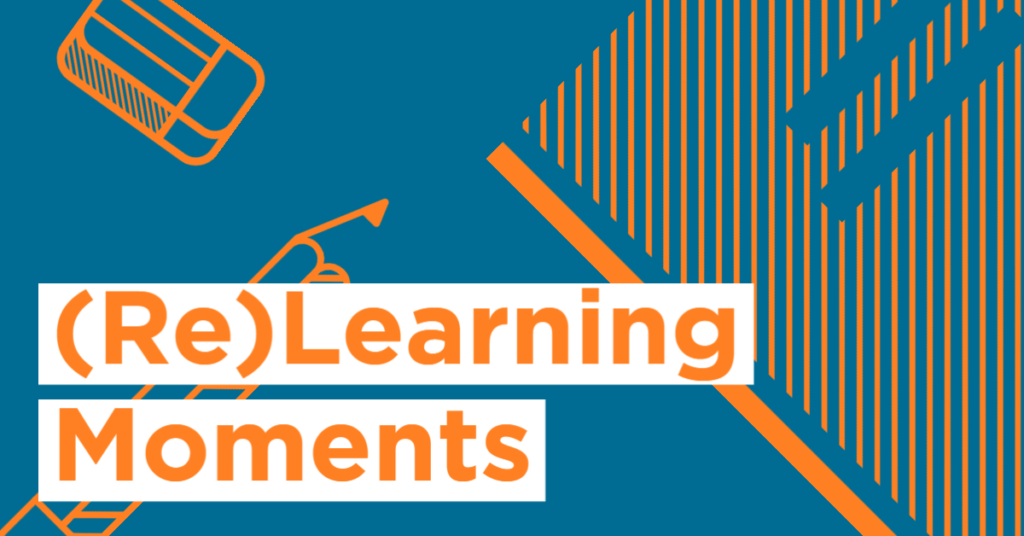Take a moment and (re)learn with us!
These resource lists provide an opportunity to (re)learn a topic, idea, or concept. These educational resources consist of a short summary, list of additional resources, and action items. All resources on these guides can be accessed through the UT Library or free on the internet.
Spring 2024 (Re)Learning Moments
The Green Book (Negro Motorist Green Book)
The Negro Motorist Green Book was published from 1936 to 1965 by New York postal worker, Victor H. Green and Alma Green. Green modeled the Green Book after a similar resource for Jewish people navigating antisemitism. The Green Book was a travel guide designed to assist Black travelers and tourists traverse the segregated U.S. South. The travel guide included lodging, restaurants, barbershops, beauty salons, and other entities owned by Black people or that served Black travelers. Black travelers were encouraged to provide annual updates to the Green Book. (Alderman & Inwood, 2014).
From the Green Book to the Orange Book: Travel, Tourism, and Resistance in the Black Community
On Friday, February 16, 2024, CEHHS A&E co-hosted a panel discussion with the Beck Cultural Exchange Center and UT Commission for Black Communities. The following themes emerged from the dialogue:
- Continued Legacy: The Green Book’s legacy extends beyond its historical context, demonstrating its ongoing relevance as a “living resource” for understanding the Black community’s experiences and challenges in the U.S.
- Representation & Visibility: The Green Book physically and symbolically represents the Black community’s struggle for visibility and inclusion in U.S. society. In mapping out safe accommodations, Black travelers navigated a segregated landscape.
- Resilience and Adaptability: Despite facing systemic discrimination and limited opportunities, Black travelers exhibited resilience and adaptability by leveraging connections and relationships to create safer journeys.
- Economic Empowerment: Despite facing barriers, Black travelers have always contributed to the economy as travelers, emphasizing their role as consumers and economic stakeholders.
- Cultural Identity and Tradition: Panelists discussed cultural experiences such as traveling with food in shoeboxes and receiving “the talk” about traveling while Black from relatives that continue to inform current Black traveler practices today.
(Re)Learn About the Green Book
Resources curated by Stefanie Benjamin, PhD, Derek H. Alderman, PhD & Dorian L. McCoy, PhD
Negro Motorist Green Book (1956)
University of South Carolina Digital Collections
- ABC Travel Network | Website
- Beck Cultural Exchange Center – Knoxville, TN | Website
- CEHHS Volunteer Orange Book | Resource Book
- Nomadness Travel Tribe | Website
- Overground Railroad: The Green Book and the Roots of Black Travel in America – Candacy A. Taylor | E-Book
- Black communities are using mapping to document and restore a sense of place – Joshua F.J. Inwood & Derek H. Alderman | Article
- Black travelers want authentic engagement, not checkboxes – Alana Dillette & Stefanie Benjamin | Article
- Driving While Black: The Car and Race Relations in Modern America – Thomas J. Sugrue | Article
- The Green Book: The forgotten story of one carrier’s legacy helping others navigate Jim Crow’s highways – The Postal Record | Article
- Driving While Black: Race, Space, and Mobility in America – PBS | Documentary Series
- Ruth and the Green Book – Statewide Outreach Center | Video
- Visiting Historic Green Book Locations – Black Travel Across America | Episode
- Driving the Green Book | Podcast Series
- The Green Book – 99% Invisible | Episode
